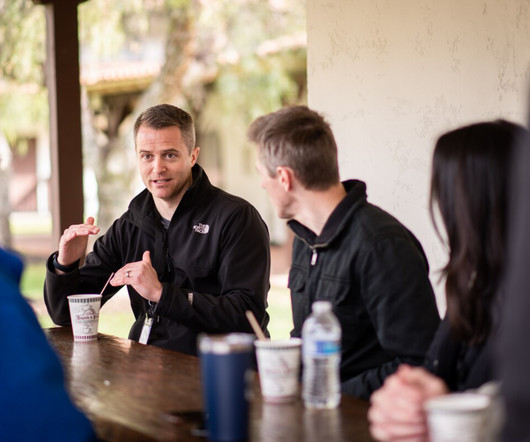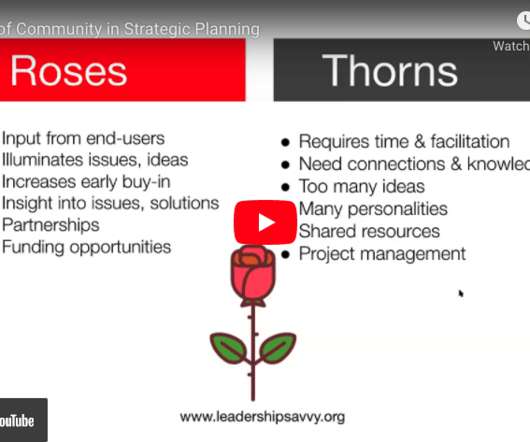How you can foster sustainable innovation within your nonprofit
ASU Lodestar Center
AUGUST 17, 2022
When nonprofit leadership takes the time to build relationships, mentor staff, elicit insights and feedback and demonstrate the ability to act on that feedback, the staff will begin to trust that they have a place and a voice within the organization. This is where participatory practice comes in to play. Scholarships are available.




























Let's personalize your content